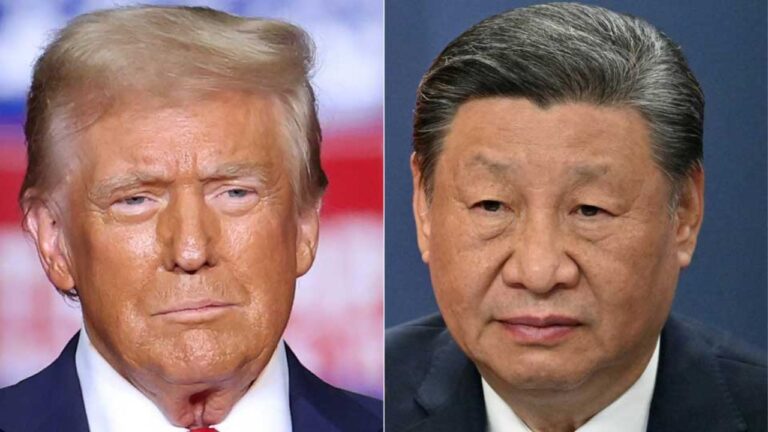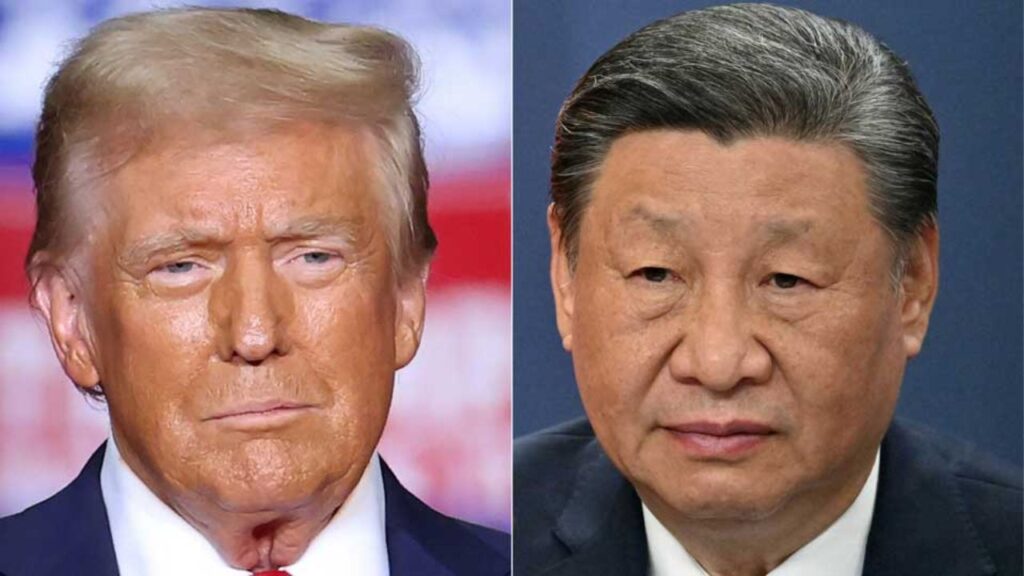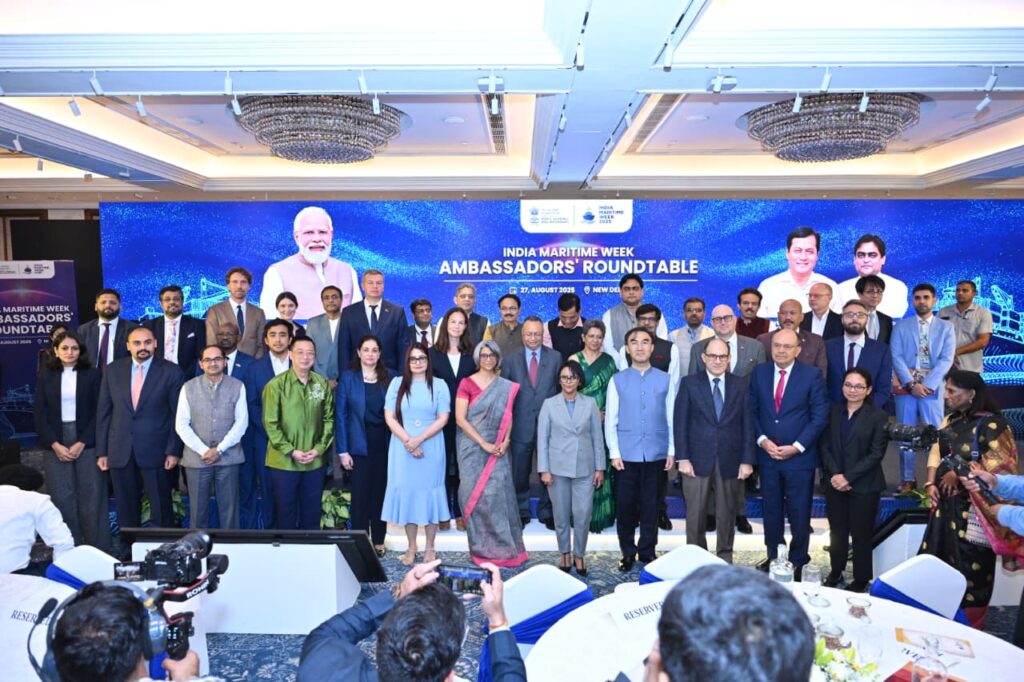The distinction between influence and manipulation is a precariously thin line in this world where a single Instagram reel, YouTube video, or an X hashtag creates chaos among the people, especially Gen Zs.
In FY 2024, the Indian influencer marketing industry was estimated at Rs. 3,600 crores, and experts are expecting more than 25 percent growth in FY 2025. But the real question is, are these influencers trustworthy? Are they putting the real facts on the table? If yes, then it’s good; if not, who will hold the accountability?
Influencers often offer collaborations or post pictures with renowned personalities to increase their personality value and gain trust among people. To build trust, influencers usually share stories of their daily life struggles and how they overcame failure.
In the present day, companies also hire influencers to promote their products because these companies know that this will initially help them to create a marketplace for their products. The same happens with the financial sector. While some financial influencers post videos giving financial advice or crypto coin promotions, later it becomes a pump-and-dump scheme. Recently, SEBI has imposed fines ranging from Rs. 10 lakhs to Rs. 5 crores on 19 entities, including the shareholder-director of Superior Finlease Ltd., for the pump-and-dump scheme and barred them from the securities market for up to 5 years.
Brands target influencers where the product aligns with their targeted audience, so their product can reach out to more people. They also target content creators, where they pay a small amount of money or give their product for trial and request them to post unboxing videos, brand reviews, and tutorials, so their product can create a marketplace.
Followers feel emotionally connected with influencers, and they usually post stories on their social media accounts and engage with targeted people to build trust over the years. They create an image of good influencers among the people, where people believe that “if he is using it, it must be legit” or “if he is saying it, it must be true.” But there’s another side to it, that if an influencer is saying it, he must be getting paid for it, which many of us aren’t aware of.
Indian citizens reportedly lost over Rs. 11,000 crores to cyber fraud in the first six months of last year, where on the National Cyber Crime Reporting Portal, 6,000 complaints are filed daily. As per the Global Anti-Scam Alliance (GASA) report, phone calls and text messages top the list as the primary way for scamming people, while other social media apps like WhatsApp and Instagram are also frequently used.
To overcome these scams, the government has some strict laws which act as legal remedies for the people, like The Information Technology Act, 2000, where Sections 66(D), 43, and 74 deal with online scams. Similarly, Sections 36 and 448 of The Companies Act 2013 and Sections 316, 318, and 319 of BNS safeguard the rights of common people from any type of scam or fraud happening online.
The government has also launched the ‘Citizen Financial Cyber Fraud Reporting and Management System’ for reporting immediate financial fraud. The RBI has also launched an Artificial Intelligence (AI)-based tool, ‘MuleHunter’, for the identification of money mules and advised banks and financial institutions to use it. Recently, the RBI and other government sectors have started awareness campaigns through SMS, radio campaigns, etc.

















